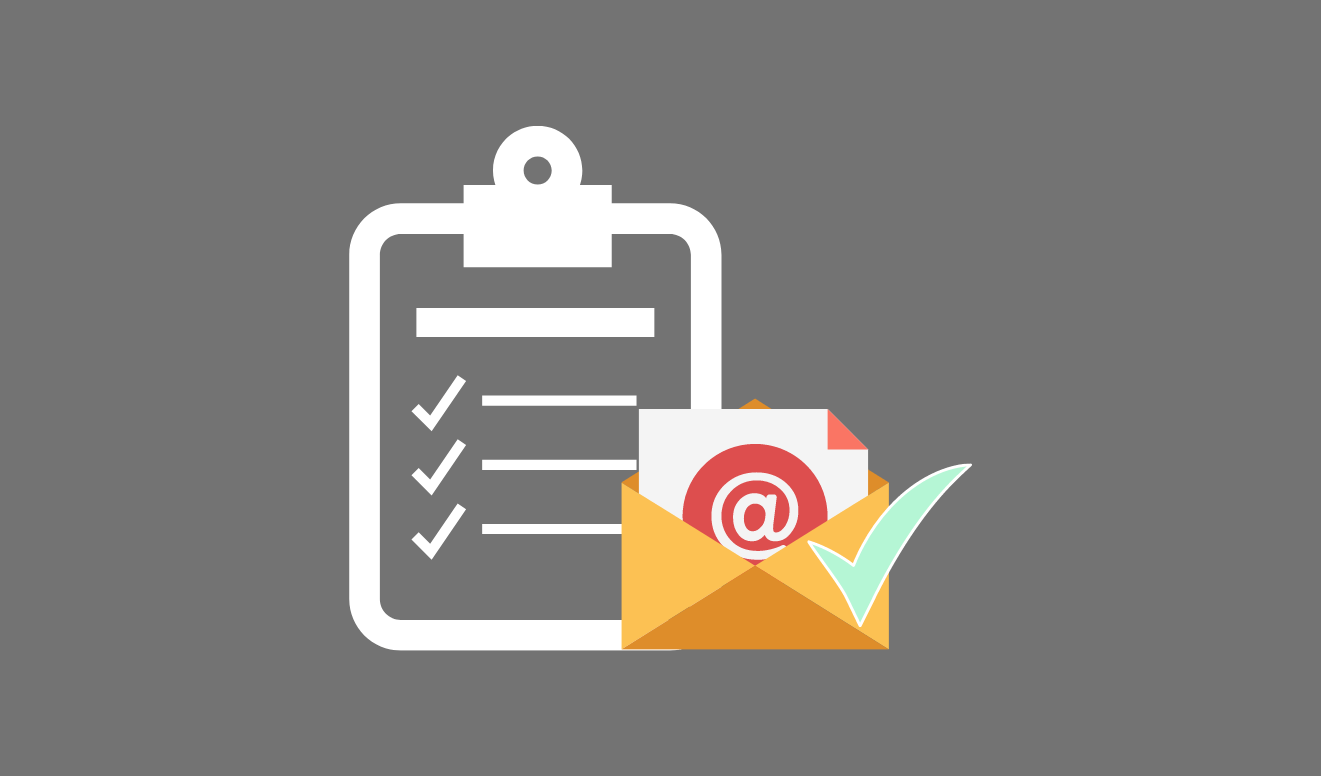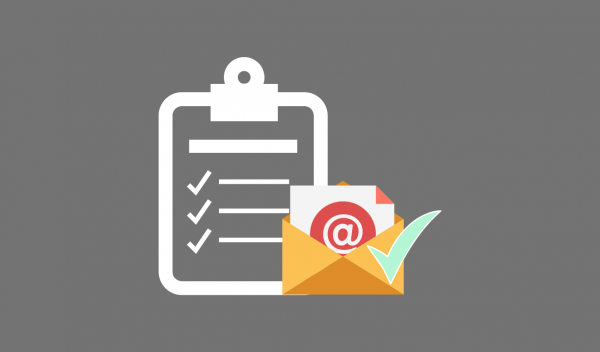Selling products or services through your email list is a great way to boost your business. Emails allow you to connect directly with potential customers, build relationships, and provide valuable information that can lead to sales. Here are some simple steps to help you sell anything through your email list.
Read more about Business
-
Build a Quality Email List
The first step is to build a quality email list. This means gathering email addresses from people genuinely interested in what you offer. Here’s how to do it:
- Create a Signup Form: Place a signup form on your website where visitors can enter their email addresses to receive updates, newsletters, or special offers.
- Offer Incentives: Encourage people to join your email list by offering something valuable, such as a discount, a free eBook, or access to exclusive content.
- Use Social Media: Promote your email signup form on your social media profiles to reach a wider audience.
Make sure you get permission from people before adding them to your list. This is called “opt-in,” and it ensures that your emails are welcomed.
-
Segment Your Email List
Segmenting your email list means dividing it into smaller groups based on certain criteria, such as interests, purchase history, or location. This allows you to send more personalized and relevant emails to each group. For example:
- New Subscribers: Welcome new subscribers with a special offer or a series of introductory emails.
- Past Customers: Send product recommendations or special discounts to customers who have bought from you before.
- Engaged Subscribers: Reward your most active subscribers with exclusive deals or early access to new products.
Segmenting your list helps improve the effectiveness of your emails and increases the chances of making a sale.
-
Create Engaging Content
The content of your emails should be interesting and valuable to your subscribers. Here are some tips for creating engaging content:
- Catchy Subject Lines: Your subject line is the first thing people see, so make it attention-grabbing. Keep it short and clear, and hint at the value inside the email.
- Personalization: Use the subscriber’s name and tailor the content to their interests. Personalized emails can make your subscribers feel special and more connected to your brand.
- Valuable Information: Provide useful tips, how-to guides, or industry news that your subscribers will find helpful. This builds trust and positions you as an expert in your field.
- Clear Call to Action (CTA): Each email should have a clear call to action, such as “Buy Now,” “Learn More,” or “Get Your Discount.” Make it easy for your subscribers to take the next step.
-
Offer Exclusive Deals
People love feeling like they’re getting something special. Offer exclusive deals to your email subscribers to make them feel valued and encourage them to buy. Some ideas include:
Sign up for the Connect Nigeria daily newsletter
- Limited-Time Discounts: Create a sense of urgency by offering discounts that are only available for a short time.
- Exclusive Access: Give your email subscribers early access to new products or special events.
- Loyalty Rewards: Reward your long-term subscribers with special perks or discounts.
Exclusive deals can motivate your subscribers to make a purchase and keep them engaged with your emails.
-
Use Compelling Visuals
Visual content can make your emails more attractive and engaging. Use high-quality images, videos, and graphics to showcase your products or services. Here are some tips:
- Product Photos: Include clear and appealing photos of your products. Show different angles and highlight key features.
- Videos: Use videos to demonstrate how your product works or share customer testimonials.
- Graphics: Create eye-catching graphics for promotions, discounts, and CTAs.
Compelling visuals can grab your subscribers’ attention and make your emails more memorable.
-
Test and Optimize
To get the best results from your email marketing, you need to test and optimize your emails. This process is called A/B testing, and it involves sending two versions of an email to see which one performs better. Here’s how to do it:
- Subject Lines: Test different subject lines to see which one gets more opens.
- Email Content: Try different layouts, images, and CTAs to see which one gets more clicks and conversions.
- Send Times: Experiment with sending emails at different times of the day or week to see when your audience is most responsive.
Analyze the results of your tests and use the insights to improve your future emails. This continuous optimization can help you increase your sales over time.
-
Follow Up
Follow-up emails are crucial for closing sales. If someone shows interest in your product but doesn’t buy right away, a follow-up email can remind them and provide additional information to help them make a decision. Here are some follow-up strategies:
- Reminder Emails: Send a gentle reminder if someone abandons their cart or doesn’t complete a purchase.
- Thank You Emails: Thank your customers after they make a purchase and suggest related products they might like.
- Feedback Requests: Ask for feedback on their purchase experience and use their input to improve.
Follow-up emails show that you care about your customers and can encourage them to complete their purchase or buy again in the future.
Register to attend the CN Business Mixer
Final Thoughts
Selling through your email list is an effective way to grow your business. When you build a quality email list, create engaging content, offer exclusive deals, and continuously optimize your strategy, you can successfully sell anything through your email list. Always focus on providing value to your subscribers and building strong relationships with them.
Did you find this article useful? Contact us: [email protected]


